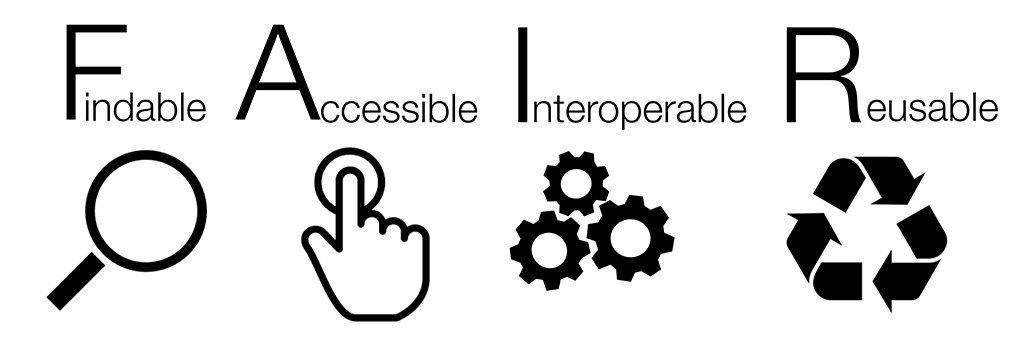Electronic Lab Notebooks (ELNs)
Introduction
The world around us is constantly evolving. For example, the smartphones in our pockets are much faster than an 80s supercomputer that could barely fit in an average bedroom. Unfortunately, this development has not yet reached our laboratories. The paper lab notebook is as common as it was 100 years ago, and the way chemical research data is documented - literally with pen and paper - has made little progress in the last century.
Bringing advances in information technology to our labs (smartlab) does not necessarily mean tablets & touchscreens everywhere in your lab. The term smartlab is more about the interconnectivity of the entire workflow and the handling of research data according to the FAIR principles. ELNs help assign rich metadata to experiments and make the data collected traceable and reusable. With the ability to transfer data from instrumentation directly into the ELN, the ELN has all the data in one place. From the ELN, data can be easily published to repositories and transferred to long-term archiving.
One of the most important things that distinguishes an ELN from a blank piece of paper is the ability to document metadata in a structured and ideally human- and machine-readable way. For more information on the differences between simple systems, ELNs and Laboratory Information Management Systems (LIMS), see the following overview.
Advantages of an ELN
ELNs help to link experimental descriptions directly to the collected data so that all information can be found in one place. Furthermore, data loss is avoided by secure data storage and backups. Storing all the data in one central place helps also with knowledge management because the data is easily findable and accessible, even for new members in a research project. The biggest advantage of an ELN is that metadata is stored in a structured and standardised way. This also helps with publishing research results and transferring research data to a repository.
FAIR Image Attribution: SangyaPundir, CC BY-SA 4.0.
